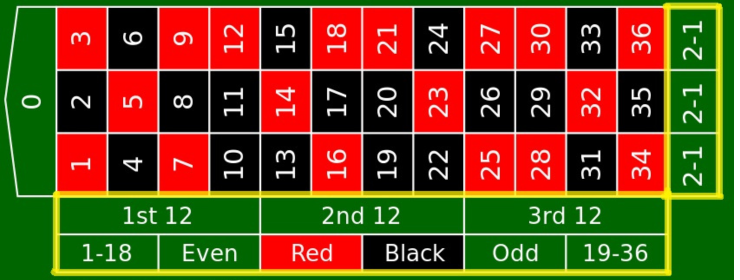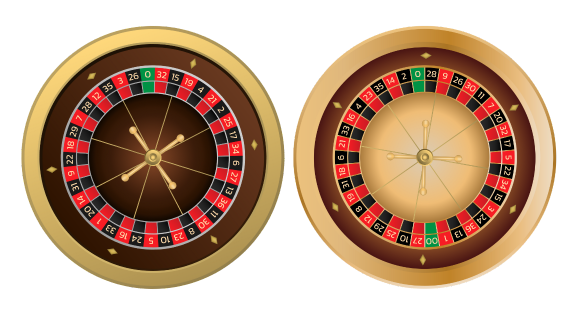Welcome to Roulette, a game that has captured the hearts of casino enthusiasts around the world. The spin of the wheel, the anticipation as the ball dances along the numbers – Roulette is the epitome of excitement and chance. In this guide, we’ll take a journey into the heart of Roulette.
Introduction to Roulette
Roulette, derived from the French word meaning “little wheel”, is a casino game that dates back to the 18th century. Its timeless appeal lies in the simplicity of its mechanics and the thrill of unpredictability. The game involves a spinning wheel with numbered pockets and a small ball. As the wheel rotates, players place bets on where the ball will come to rest. With multiple betting options and various outcomes, Roulette offers a dynamic and exhilarating gaming experience.
Rules of the Game
The Roulette Wheel
The classic Roulette wheel consists of 37 or 38 numbered pockets, depending on whether you’re playing European or American Roulette. The numbers range from 0 to 36 (European) or 00 to 36 (American). The pockets alternate between red and black, with the green zero (and double zero in American Roulette) distinguishing itself.
Placing Bets
Players can place a variety of bets, each with its own odds and potential payouts. Here are some fundamental bets in Roulette:
Inside bets


Outside bets


The Spin and Outcome
Once all bets are placed, the croupier spins the wheel in one direction and the ball in the other. The pocket where the ball comes to rest determines the winning number. Winning bets are paid out accordingly, and a new round begins.
American vs European Roulette
The heart of the difference lies in the roulette wheel itself. As we already mentioned, American roulette features 38 pockets, including a single zero (0) and a double zero (00). In contrast, European roulette has a more streamlined 37 pockets with only a single zero. This seemingly minor difference significantly impacts the house edge, the casino’s advantage.
The Numbers
While the number of zeros is the most significant difference, there are a couple of other potential distinctions. The order of the numbers on the wheel might vary between American and European roulette, but this doesn’t affect the odds of any single number landing. Additionally, some casinos might offer special bets unique to each roulette variant. For instance, American roulette might have a five-number bet not found in European roulette.
The House Edge
In American roulette, the extra green pocket gives the casino a bigger advantage. In American roulette, the house edge is typically 5.26%, meaning for every €100 wagered, the house statistically keeps €5.26 over the long run. On the other hand, European roulette boasts a house edge of 2.70%, offering players a slightly better chance of winning.
Choose Your Roulette
European roulette, with its lower house edge, offers players a slight advantage in the long run. However, American roulette can appeal to those who enjoy a faster-paced game due to the potential for additional betting options. Ultimately, the choice depends on your play style and what you prioritize: a potentially better chance of winning (European) or a potentially more dynamic experience (American).
Remember: Regardless of the roulette variant, it’s crucial to remember that roulette is a game of chance. Always gamble responsibly, set limits, and view it as entertainment, not a guaranteed path to riches.
➡️ Interested in Roulette strategies? Check out The Best Roulette Strategies to know to improve your winnings.
Try out your own luck on the wheel

Qbet
Qbet offers a wide range of slots, live games, including all of the most popular online titles, and sportbets!
€100 + 100 Free Spins

Spin Samurai
Choose your winning strategy on your deposit bonuses. Up to 3 deposit bonuses!
€800 + 75 Free Spins /
€3,700 + 75 Free Spins

Kosmonaut
Join Kosmonaut Online Casino and get the exclusive package of welcome bonuses for the initial 3 deposits!
275% up to €/$1000 + 150 Free Spins

